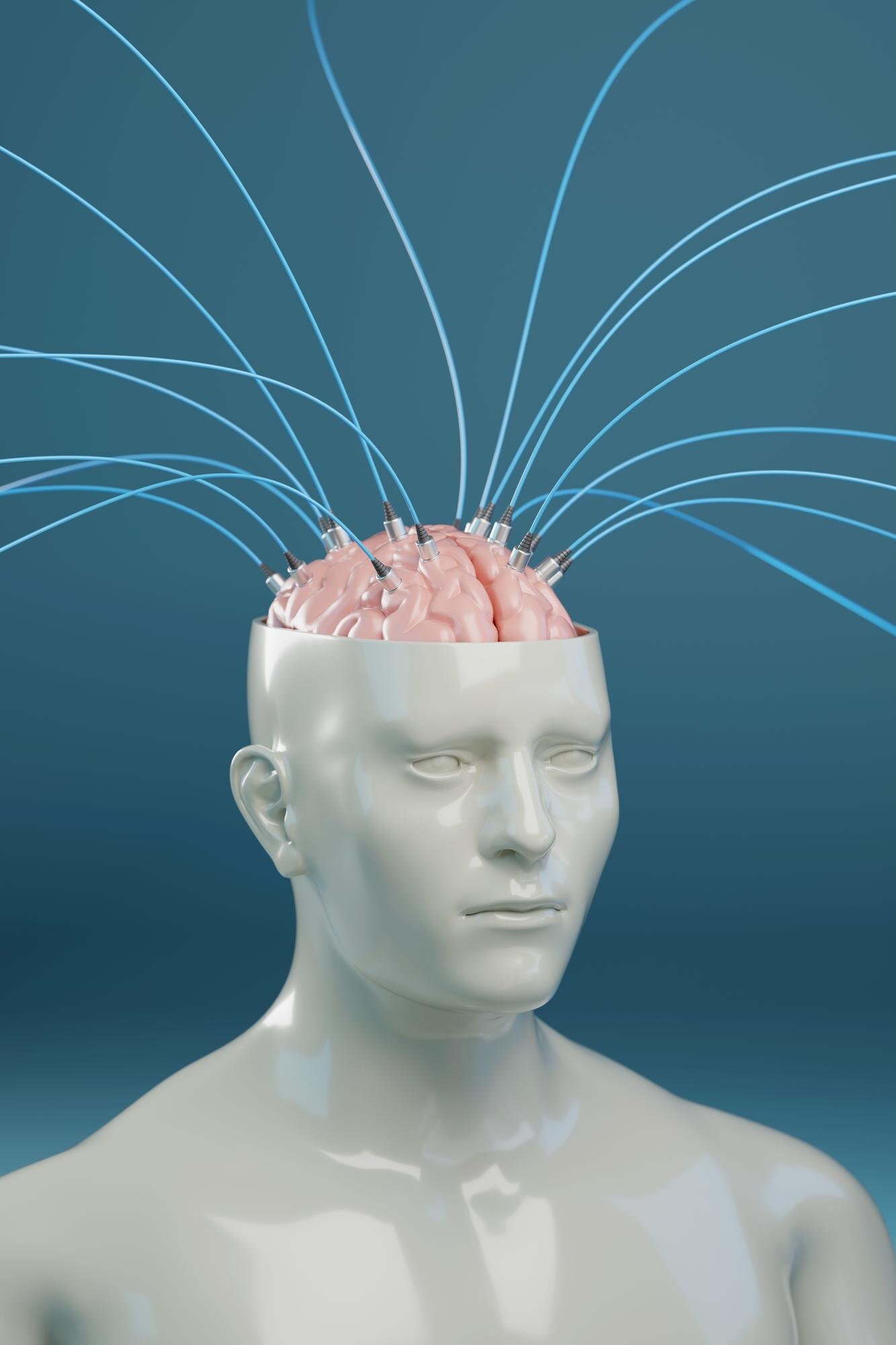
The Science Behind Compulsive Behaviors: Understanding Your Brain’s Survival Mechanism
You’re not broken. You’re emotionally overwhelmed. And that can change. Compulsive behaviors often feel like an unending cycle of shame and secrecy, but they are really rooted in your brain’s survival mechanism. This isn’t your fault. Imagine understanding the reasons behind these patterns and finding emotional freedom without stigma. In this guide, you’ll uncover how your brain uses these behaviors to cope and how you can transform them into empowering choices, paving the way for real healing and self-worth. Learn more about the science behind these behaviors here.
Understanding Compulsive Behaviors

Compulsive behaviors are more than just habits. They are deeply ingrained responses that the brain uses to cope with stress, anxiety, or trauma. Understanding the brain’s role and its survival mechanisms helps us view these behaviors with compassion and clarity, reducing shame and paving the way for change.
Brain’s Role in Compulsions
The brain plays a critical role in compulsive behaviors. Neurotransmitters, the brain’s chemical messengers, often drive these behaviors by creating a sense of urgency or reward after the compulsive act. Dopamine, for example, is commonly associated with the pleasure center and can reinforce these cycles.
The ancient wiring of the human brain means it sometimes resorts to compulsive actions as a survival tactic. This is because the brain is wired to seek pleasure and avoid pain, which can lead to repetitive behaviors as a misguided form of protection.
Research from Stanford University highlights how these ancient mechanisms still influence behavior today. Acknowledging this gives us a clearer path to understanding and ultimately addressing compulsions.
Survival Mechanism Explained
Survival mechanisms in the brain are automatic responses designed to keep us safe. When faced with perceived threats, the brain can trigger compulsive behaviors as a way to soothe or distract from uncomfortable emotions.
In essence, these behaviors are hardwired responses that aim to provide immediate relief. Unfortunately, this relief is often temporary, turning into a cycle that is hard to break.
Studies, such as those found in NCBI’s research, detail how these mechanisms are not flaws but rather adaptive responses that become maladaptive over time. Understanding this can transform how we view compulsions and open doors to more compassionate self-reflection.
Emotional Healing and Self-Worth

Emotional healing is key to breaking free from compulsive cycles. By addressing the root causes of compulsions, we can pave the way for rebuilding self-worth. This section explores how to break the cycle of shame and make empowering choices.
Breaking the Shame Cycle
The cycle of shame often fuels compulsive behaviors. Shame tells us we’re flawed, perpetuating self-destructive actions. Recognizing this cycle is the first step in breaking it.
Acknowledge the feelings of shame without judgment.
Understand that these feelings stem from unmet emotional needs rather than personal failings.
Challenge the negative narratives that shame creates.
Real-world examples show that when individuals confront their shame, they often find a sense of relief. This YouTube video offers insights into personal stories of overcoming shame, highlighting the transformative power of vulnerability and self-compassion.
Empowering Choices for Change
Making empowering choices involves shifting from reaction to intention. Instead of giving into compulsions, focus on creating new patterns that foster self-worth.
Set clear intentions for behaviors you want to change.
Identify triggers and develop strategies to manage them.
Replace compulsive actions with positive alternatives, such as engaging in a hobby or physical activity.
Empowering choices are about small, deliberate steps. Each choice strengthens self-trust and gradually redefines one’s relationship with compulsions.
Path to Emotional Freedom

Emotional freedom is within reach when we actively work on changing compulsive patterns. By using effective tools and resources like the 90-Day Emotional Freedom Program, we can create lasting change.
Tools for Lasting Change
To achieve lasting change, we need to equip ourselves with practical tools. These tools help manage emotions and reduce compulsive behaviors.
Mindfulness practices increase awareness of triggers and responses.
Journaling provides an outlet for processing emotions.
Support groups offer a safe space for sharing experiences and gaining insights.
Studies, such as those found in PMC’s article, emphasize the effectiveness of these tools in fostering long-term emotional healing. Utilizing these resources can significantly improve emotional resilience and reduce the frequency of compulsions.
Joining the 90-Day Program
The 90-Day Emotional Freedom Program offers structured support to reclaim self-worth and reduce compulsions. This program provides tools and guidance to foster a healthier relationship with oneself.
Guided workshops help participants explore underlying emotional pain.
Personal coaching assists in setting and achieving specific goals.
Community support ensures a sense of belonging and accountability.
By committing to this program, individuals can experience a profound shift in their emotional landscape. Joining enables participants to break free from the cycle of compulsions and step into a life of empowerment and self-love.



